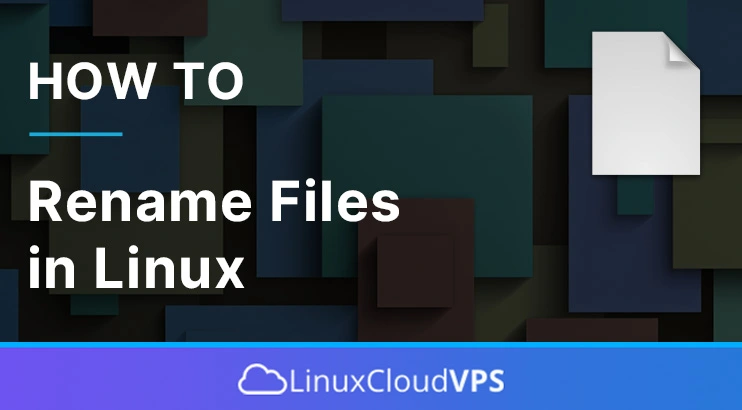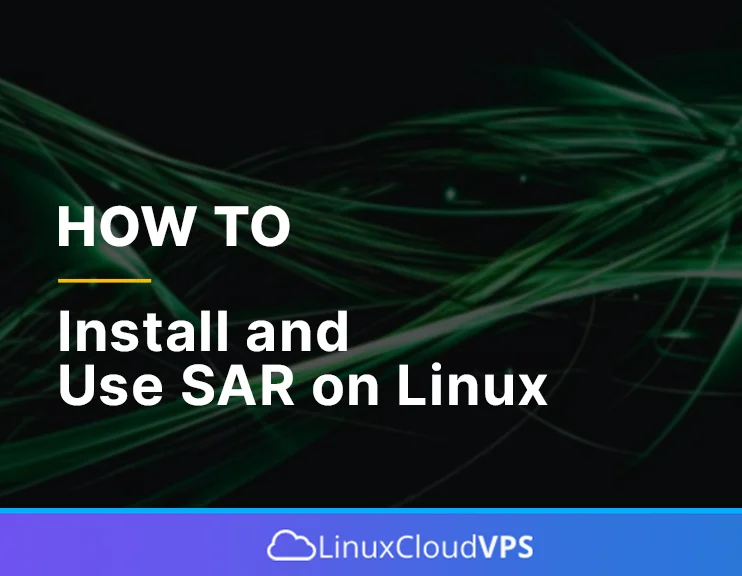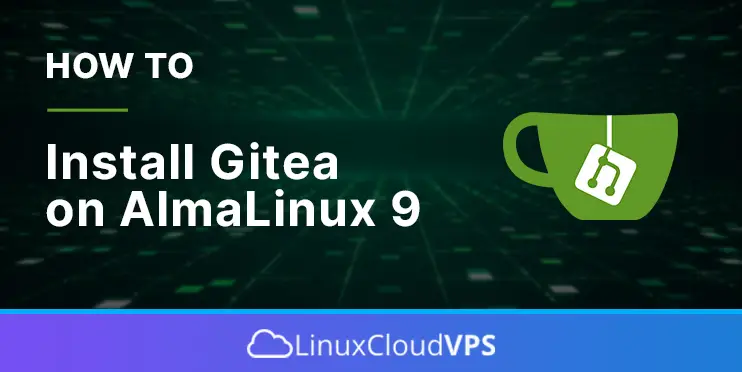In this tutorial, we are going to explain how to remove a directory in Linux OS.
Removing directories in Linux is simple but important as it helps free up disk space on your server. System administrators, developers, and other Linux users remove directories according to their everyday needs. The removal can be done manually with a command on the command line, through the GUI of the control panel, or automatically through a script.
Below, we will show you how to remove the directory with real examples. Let’s get started!









